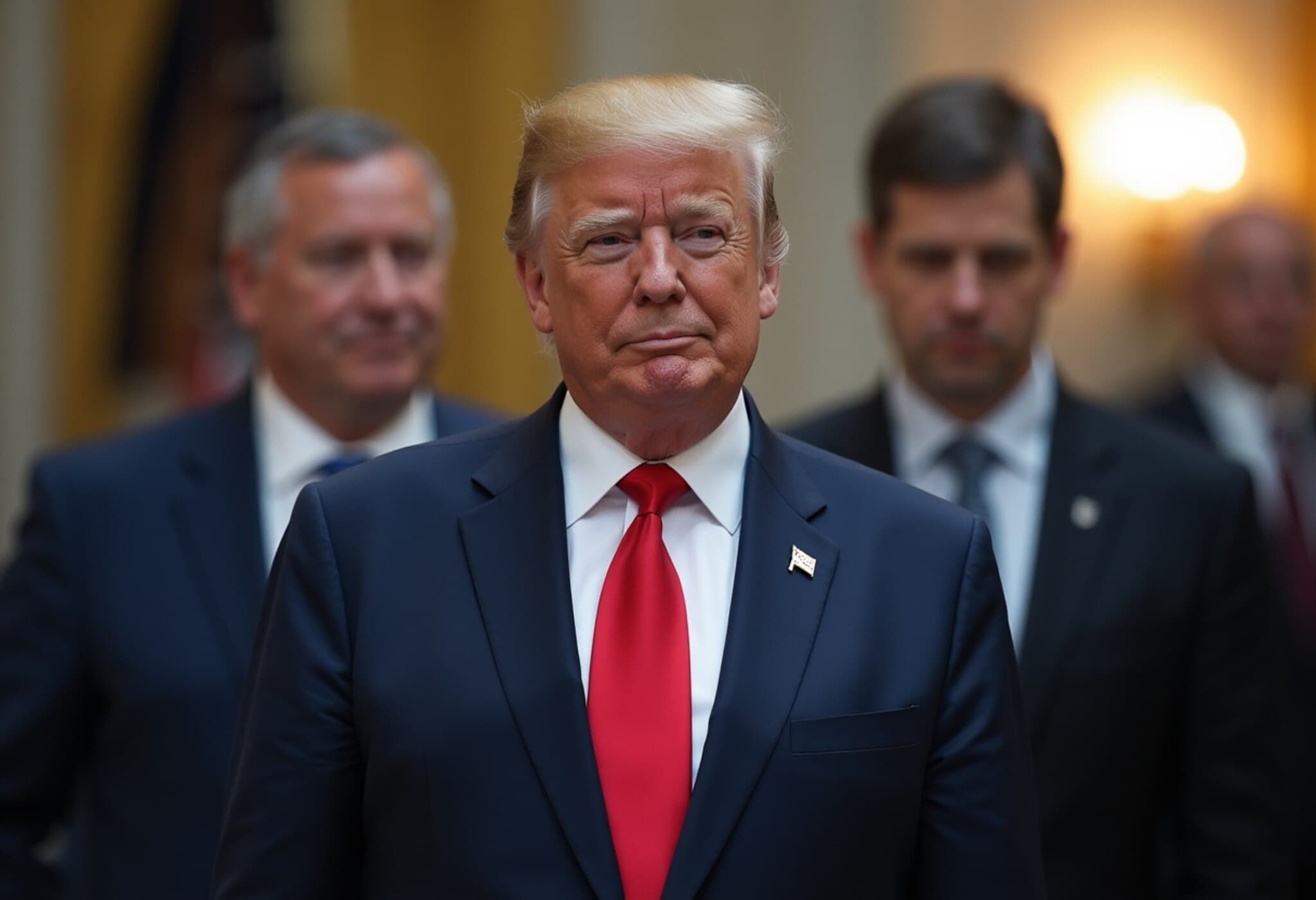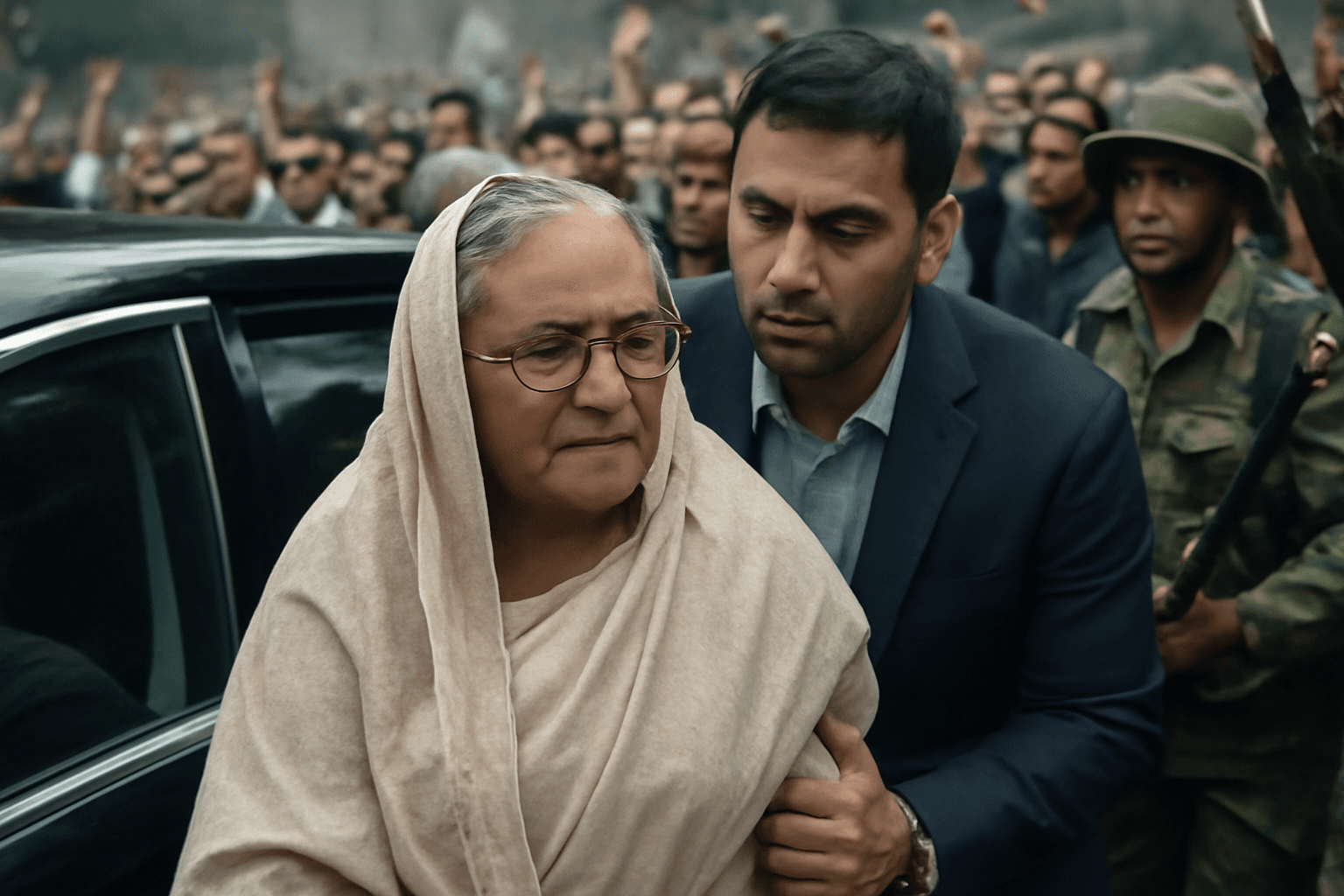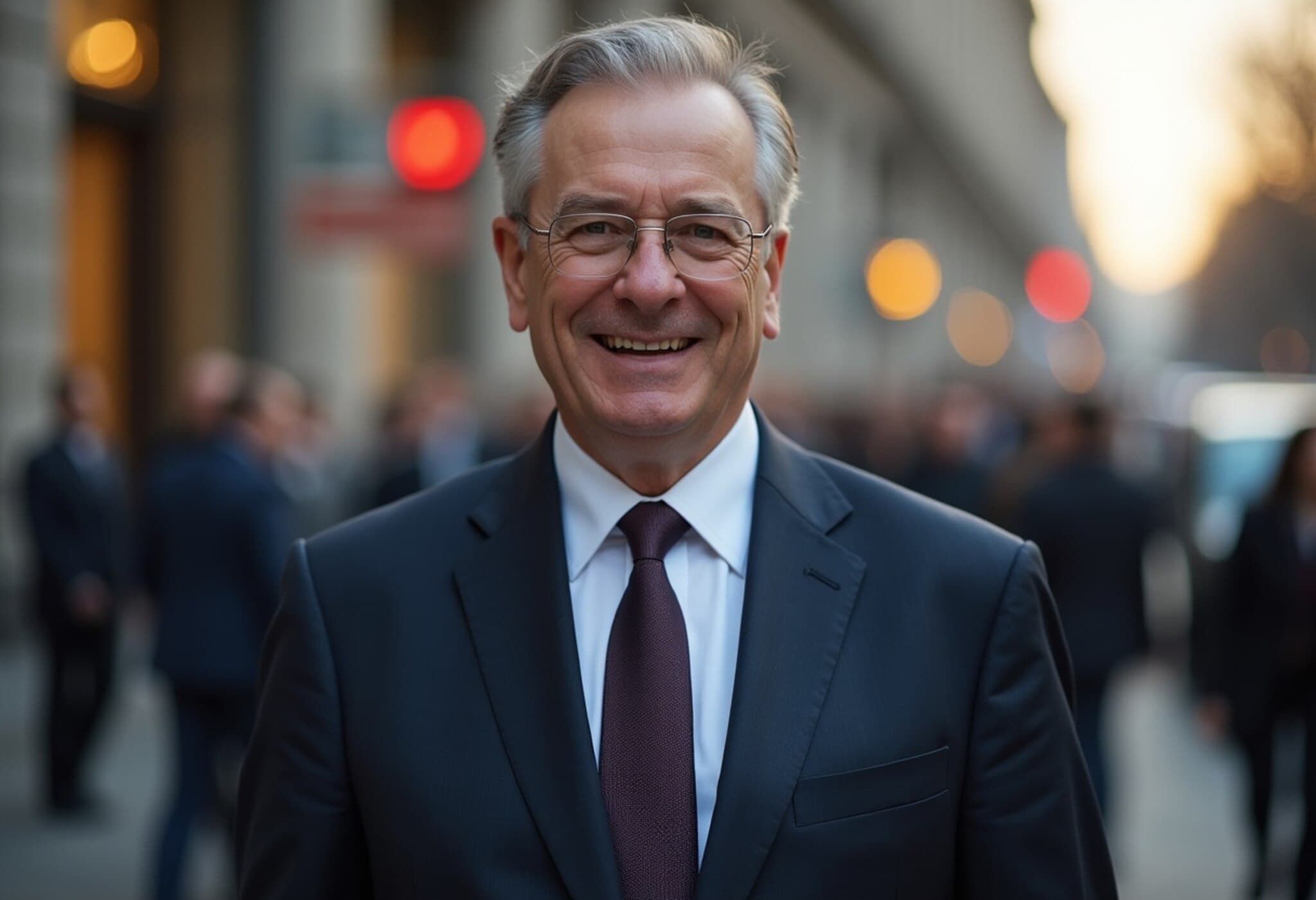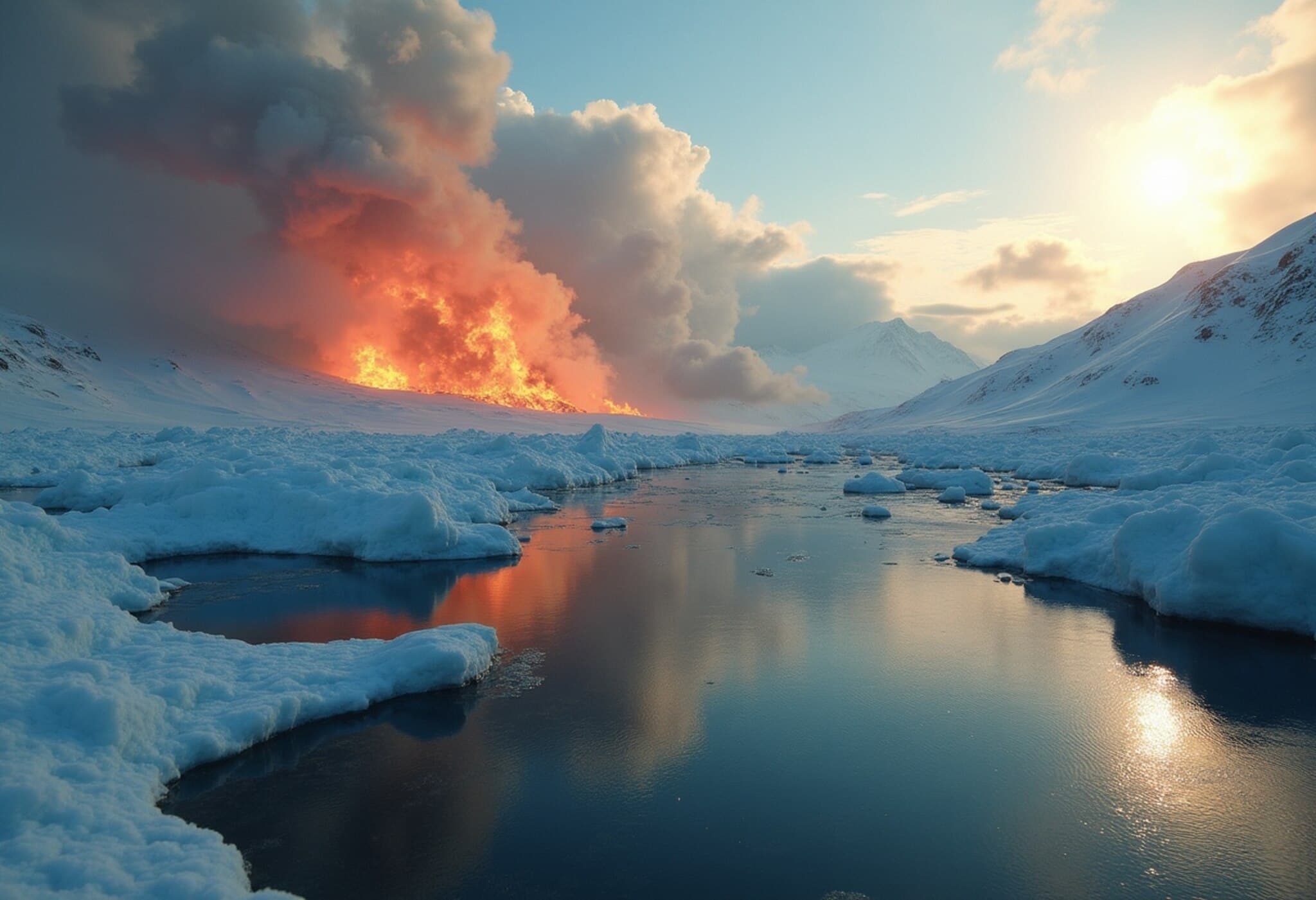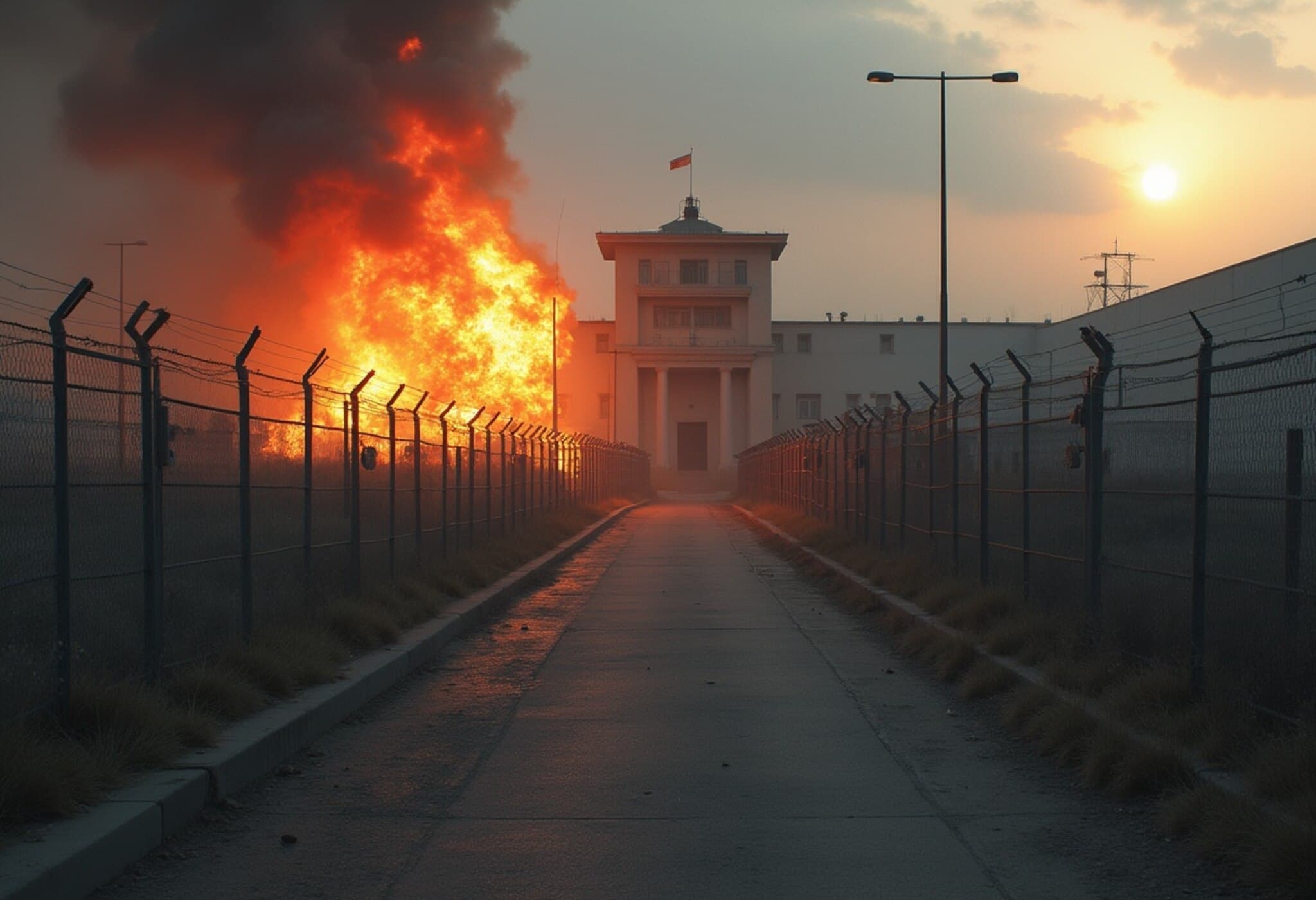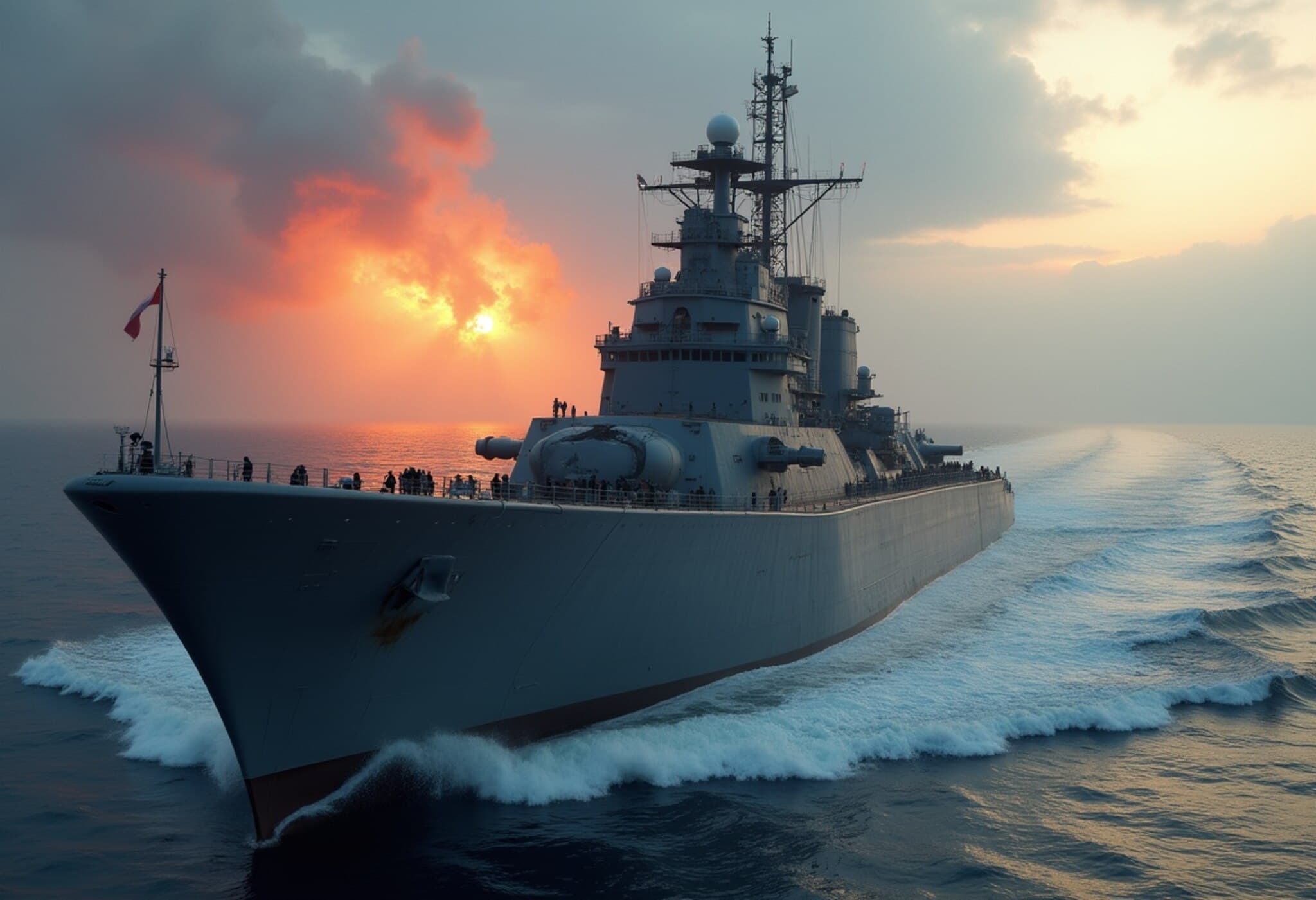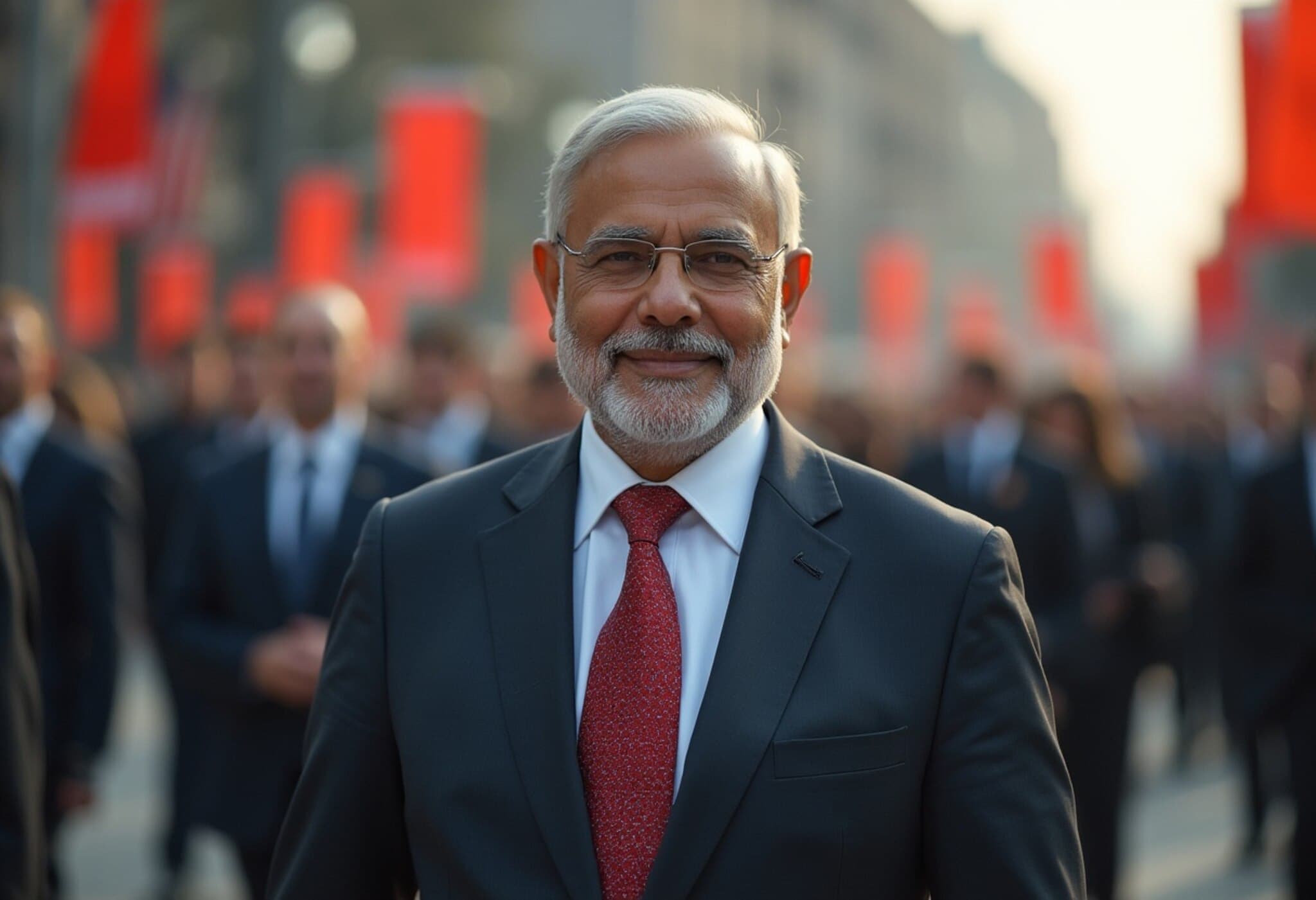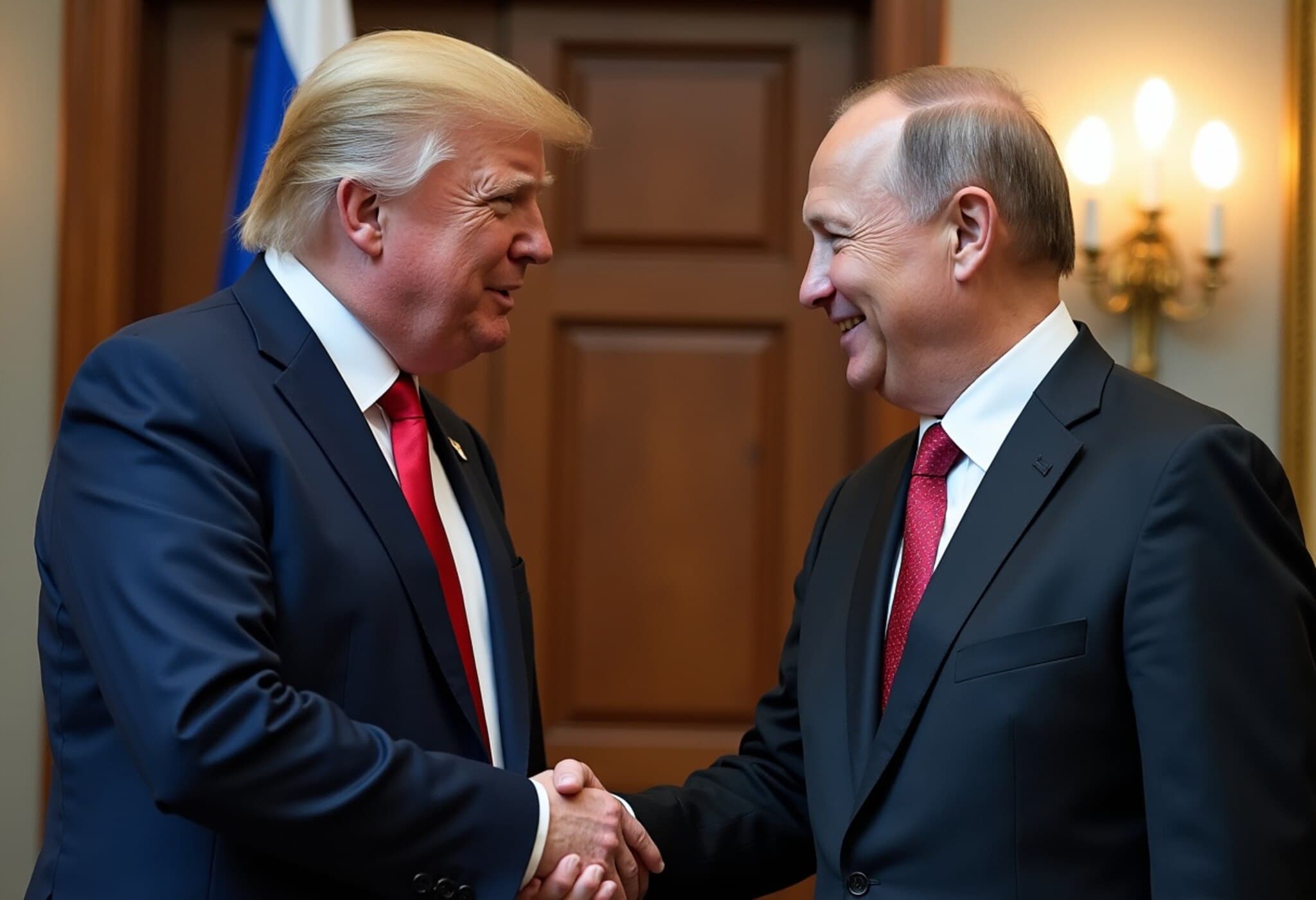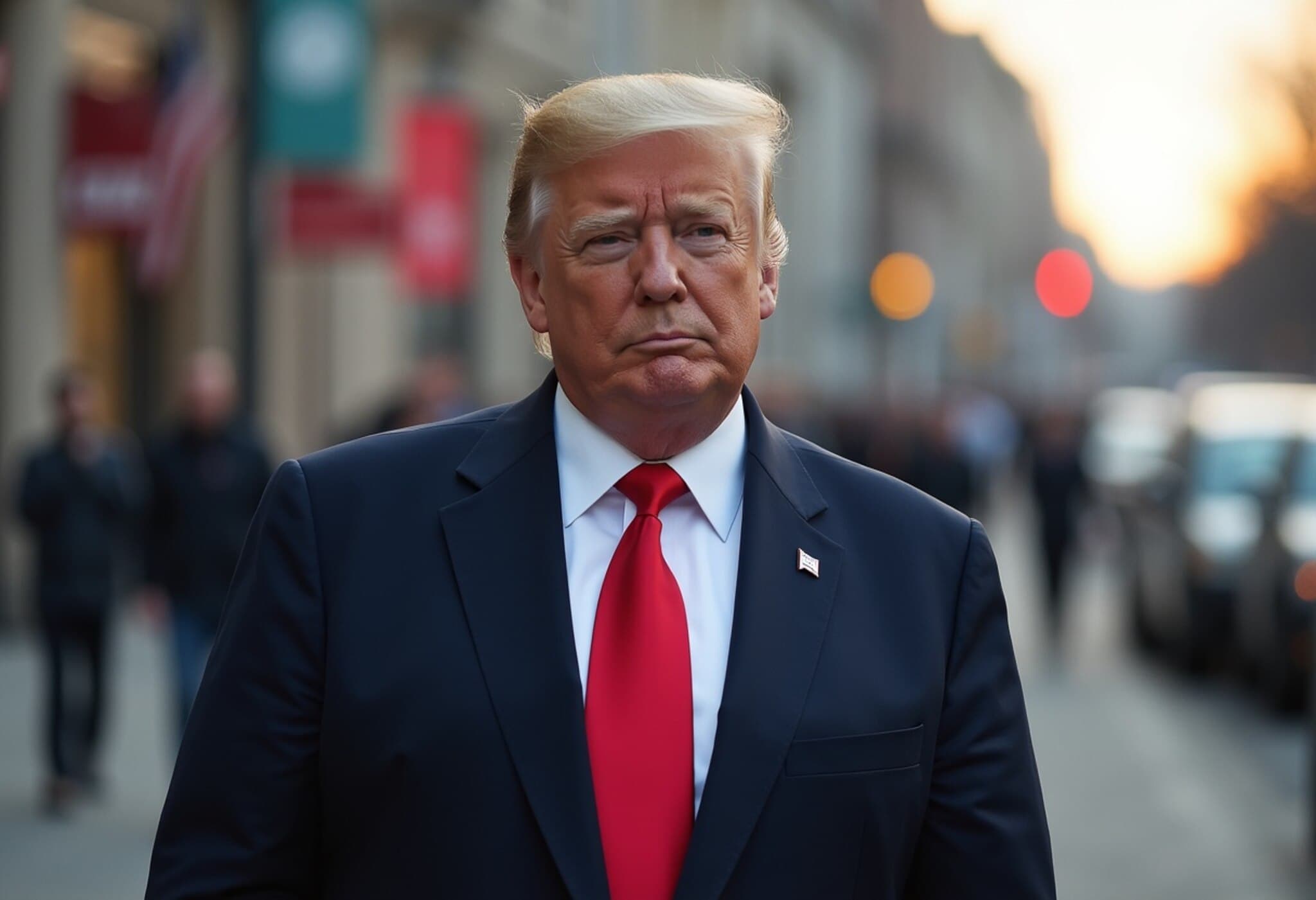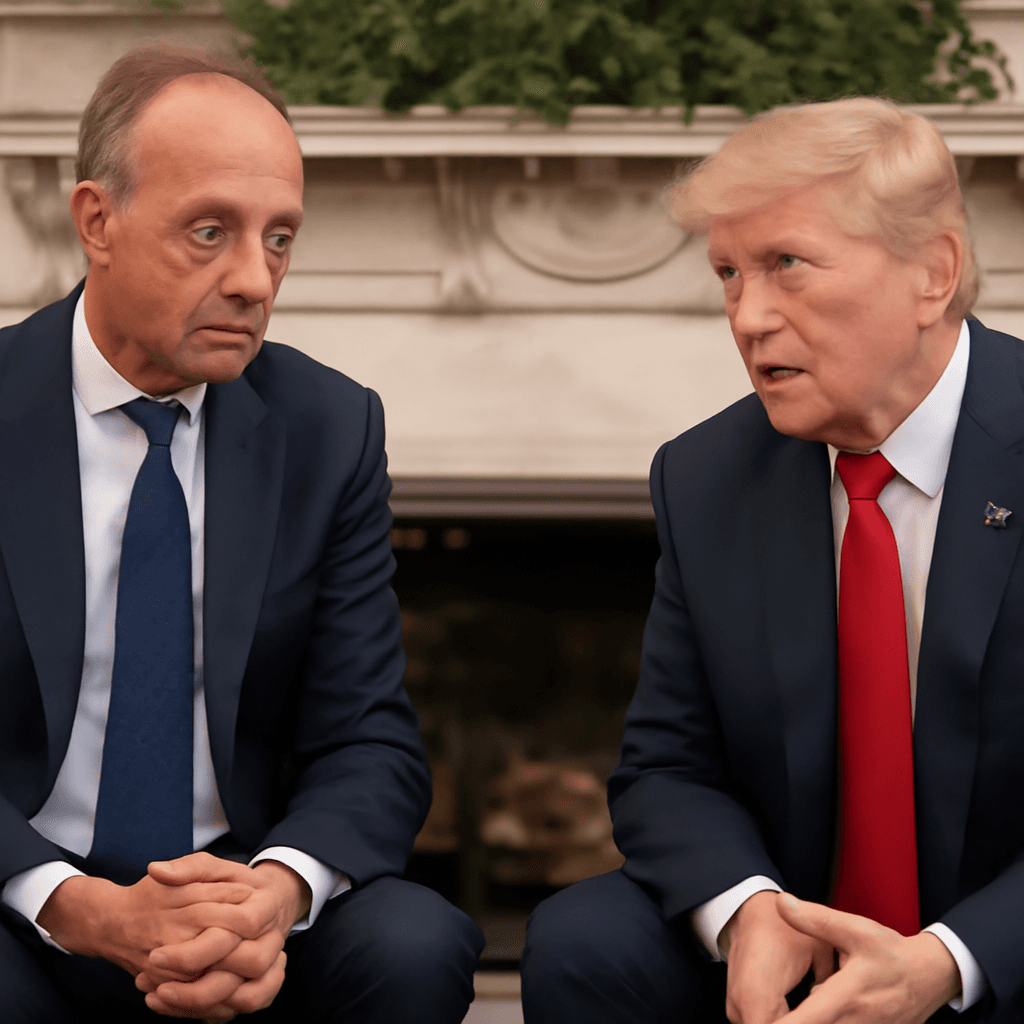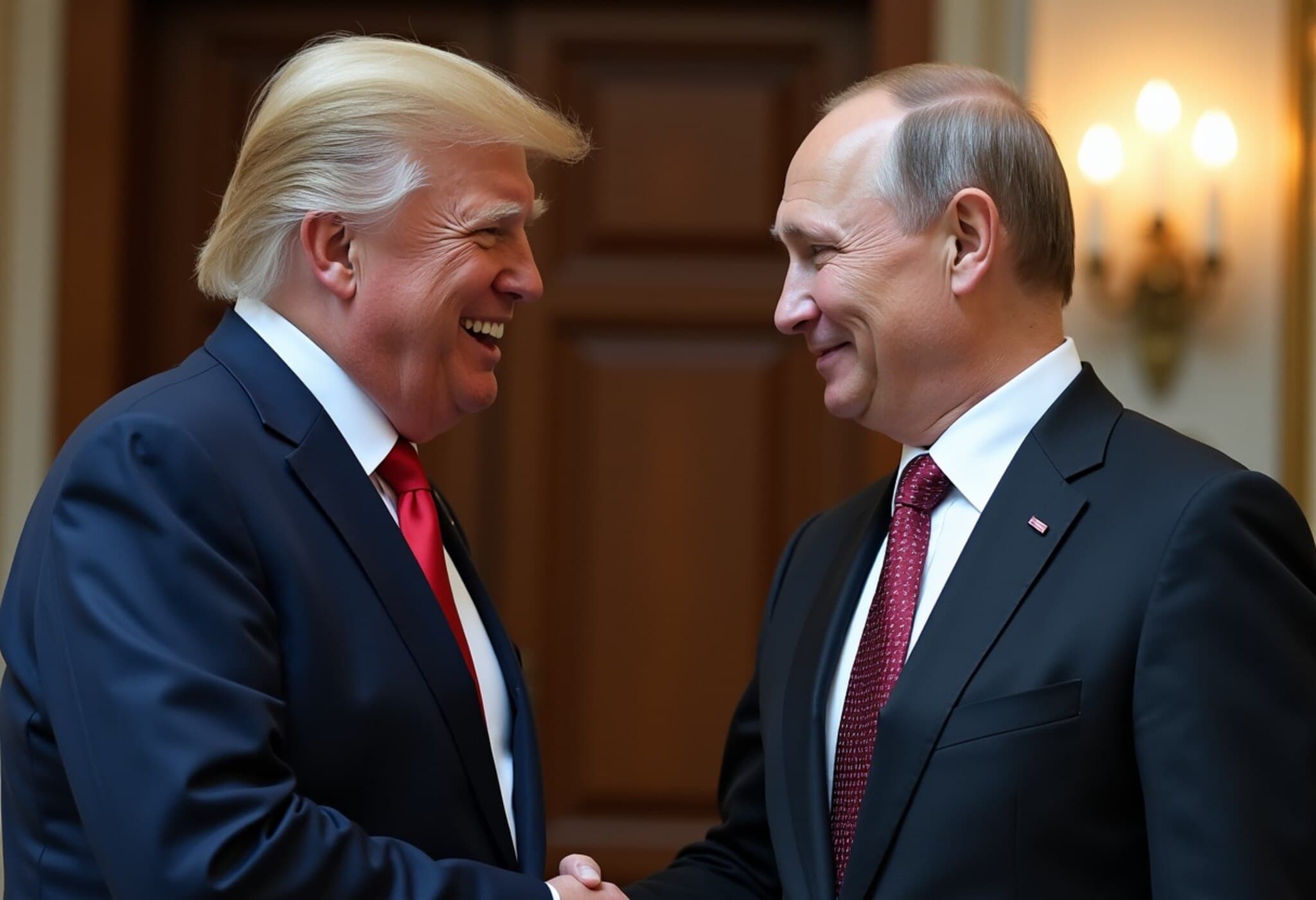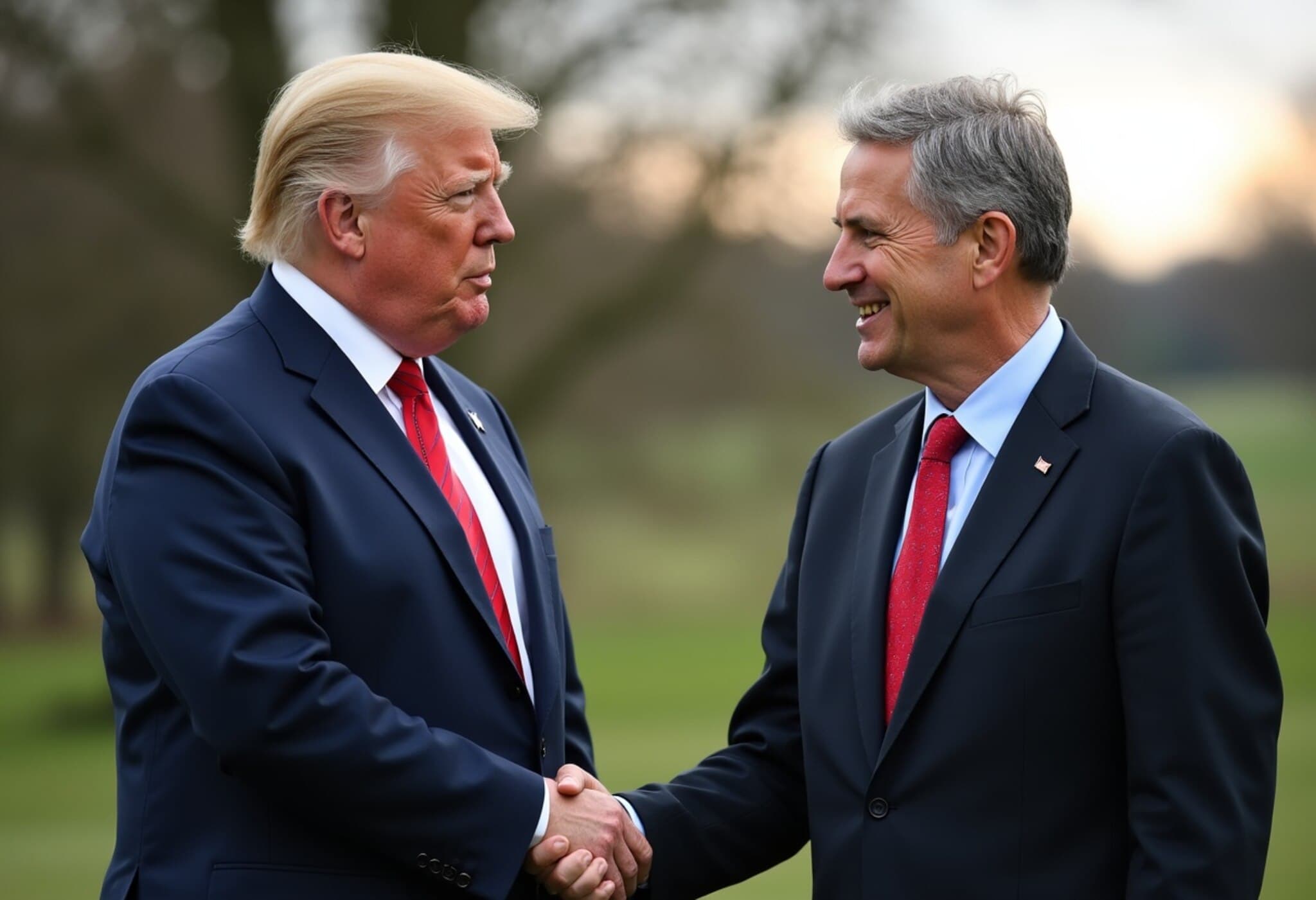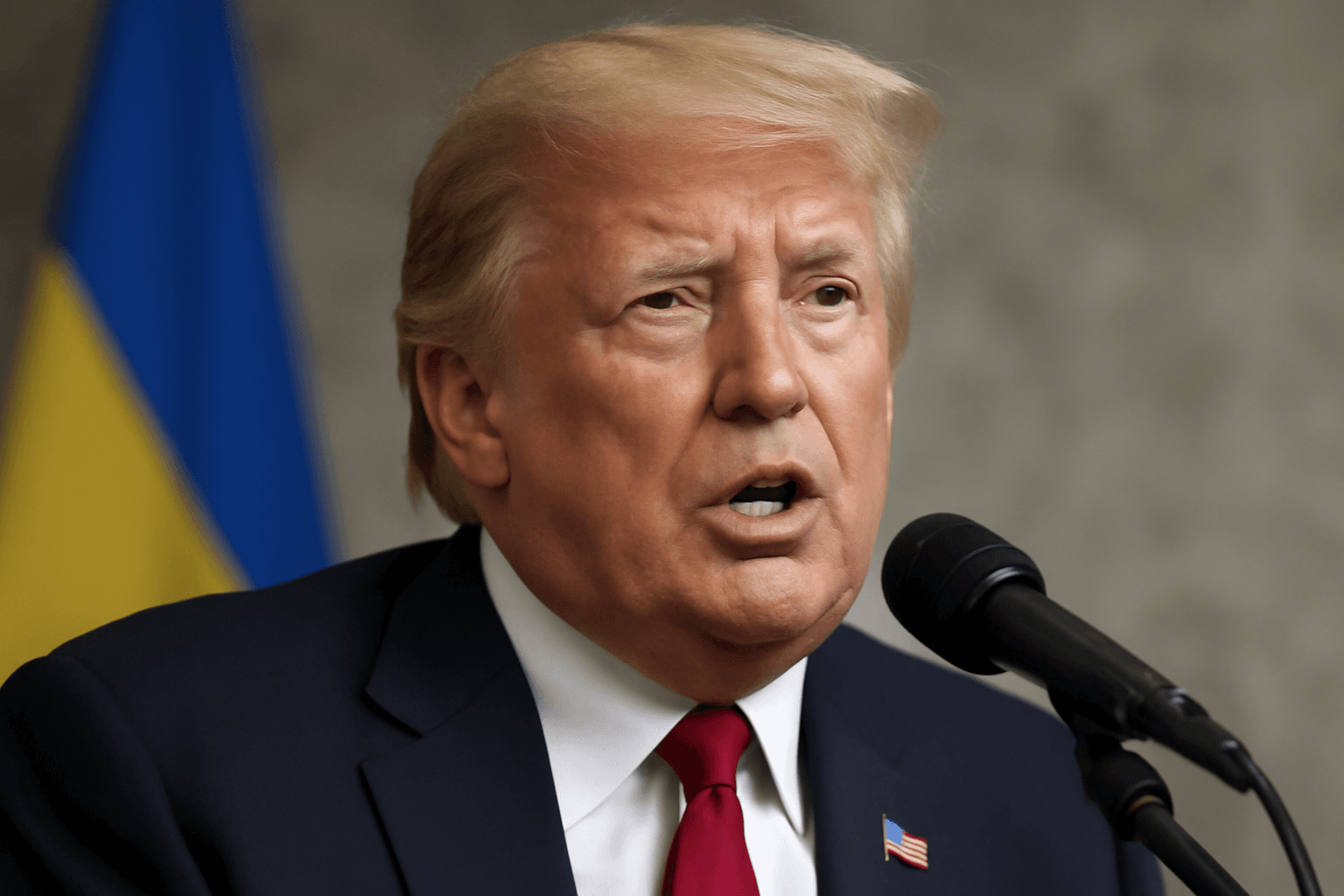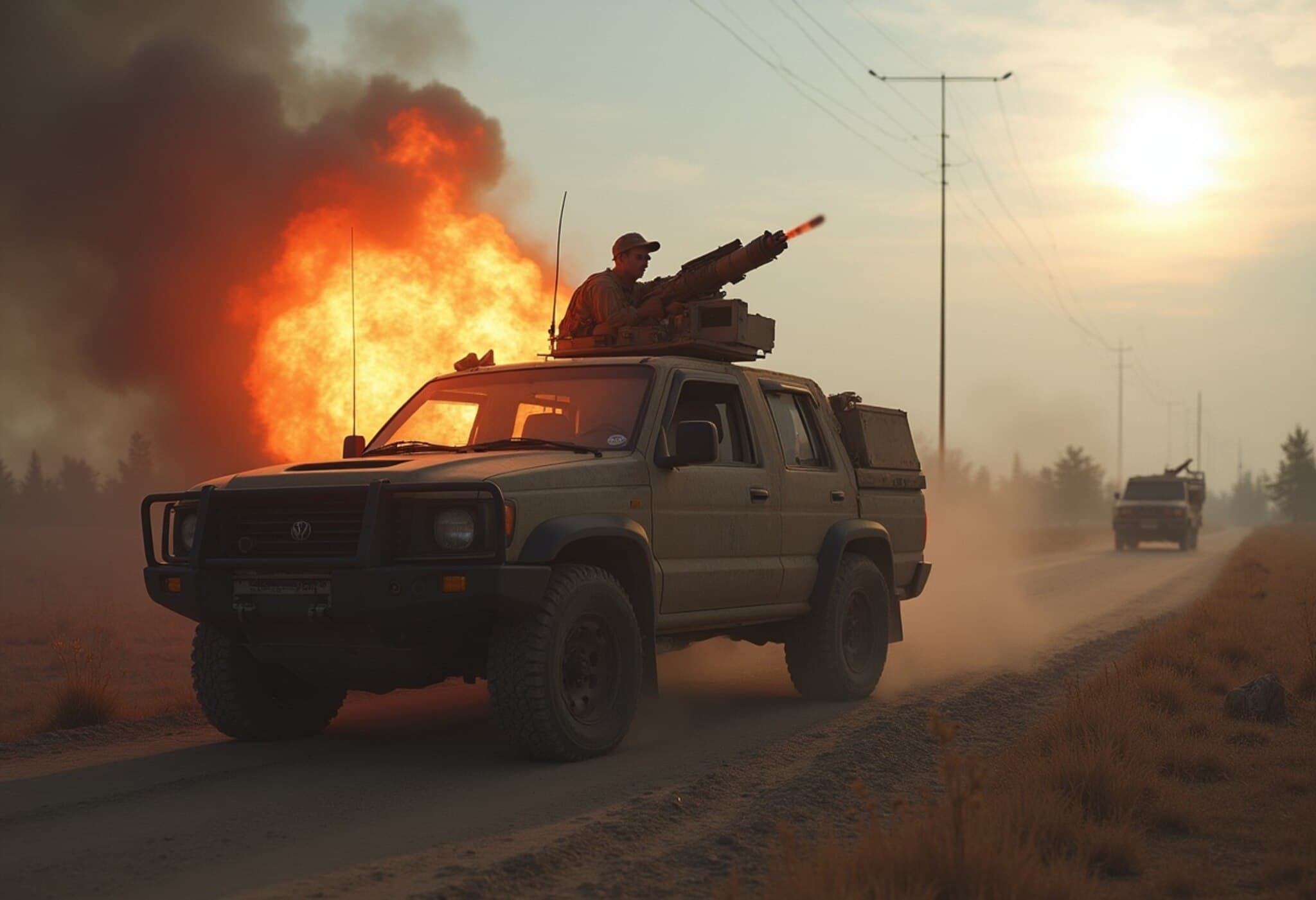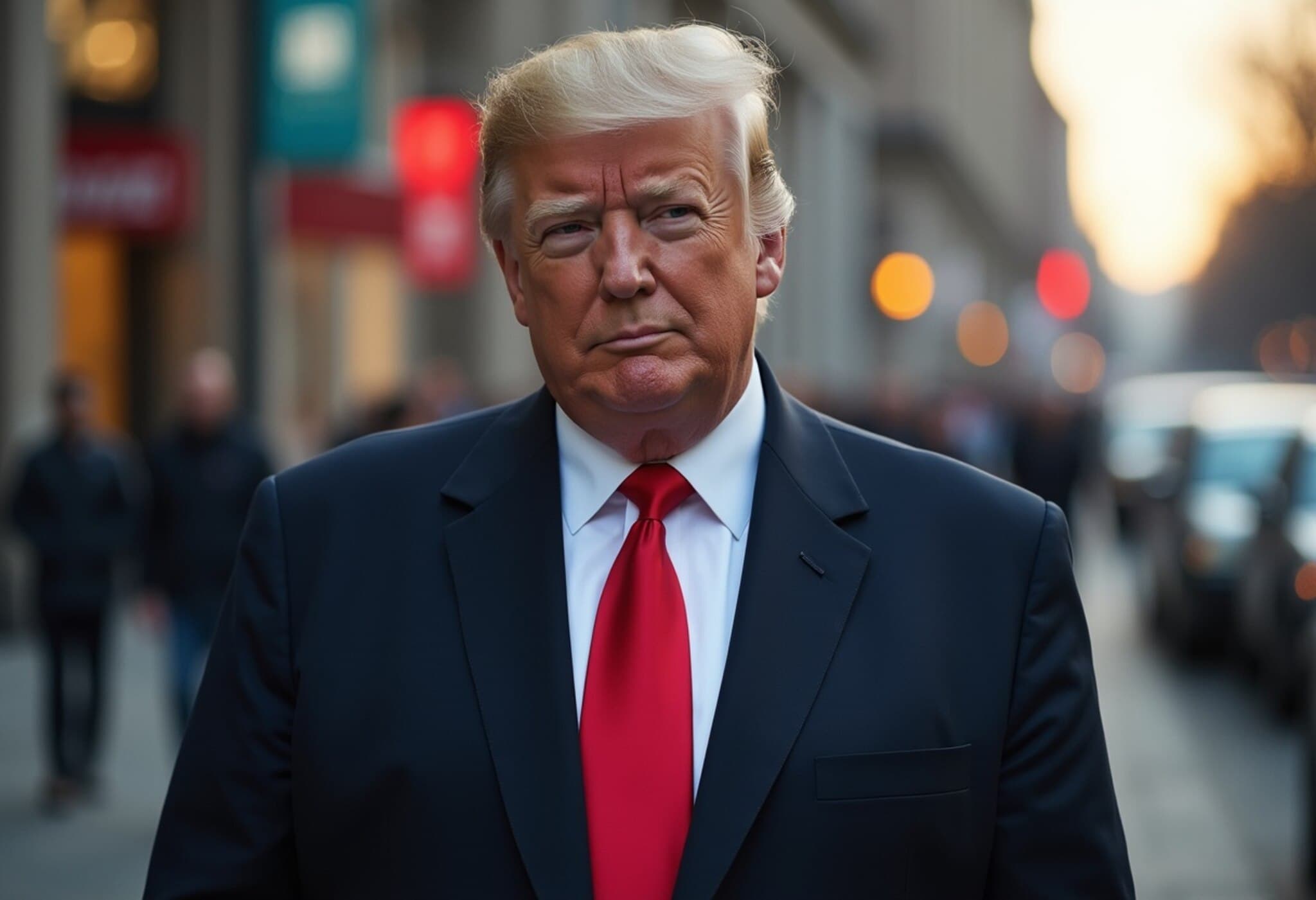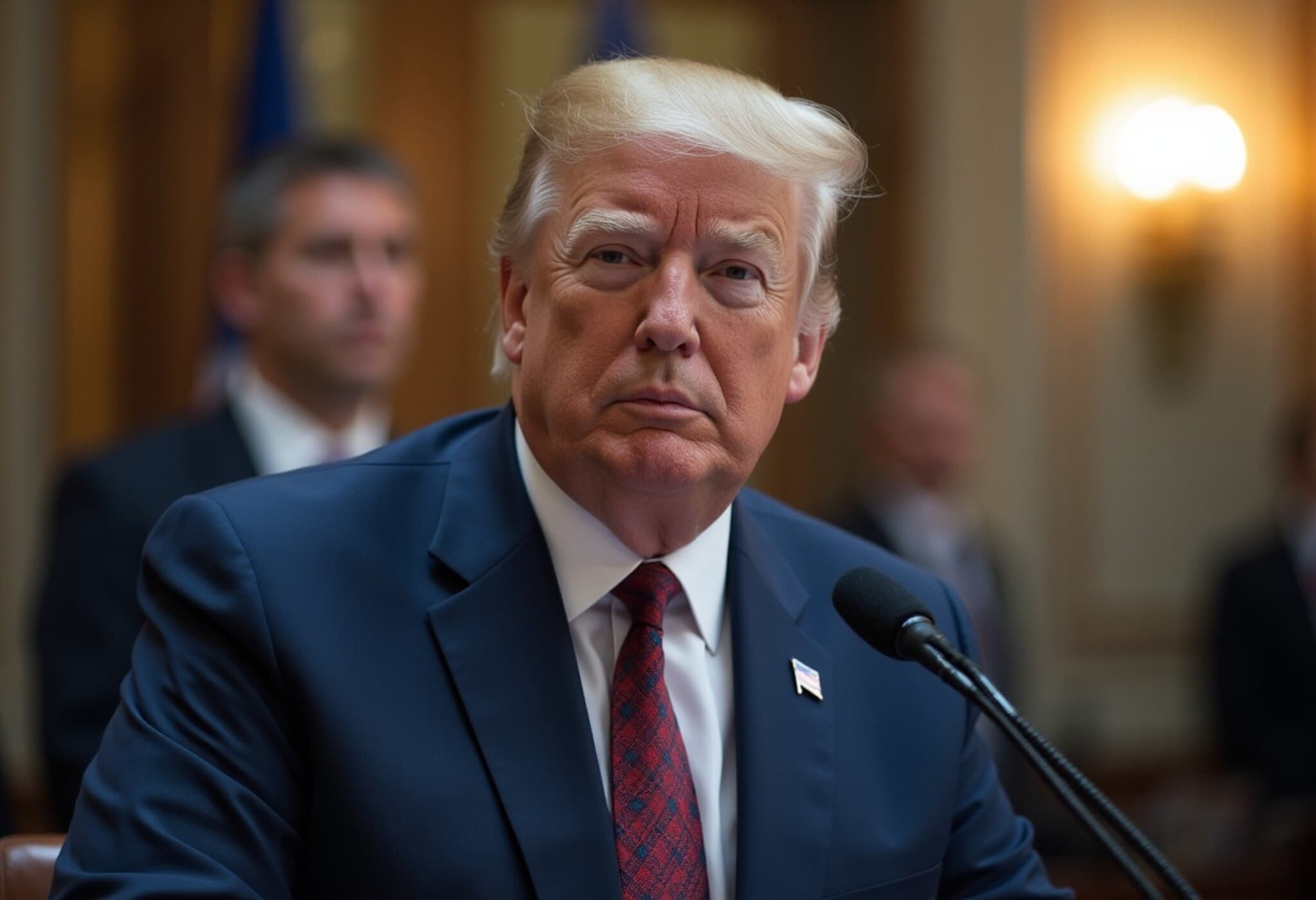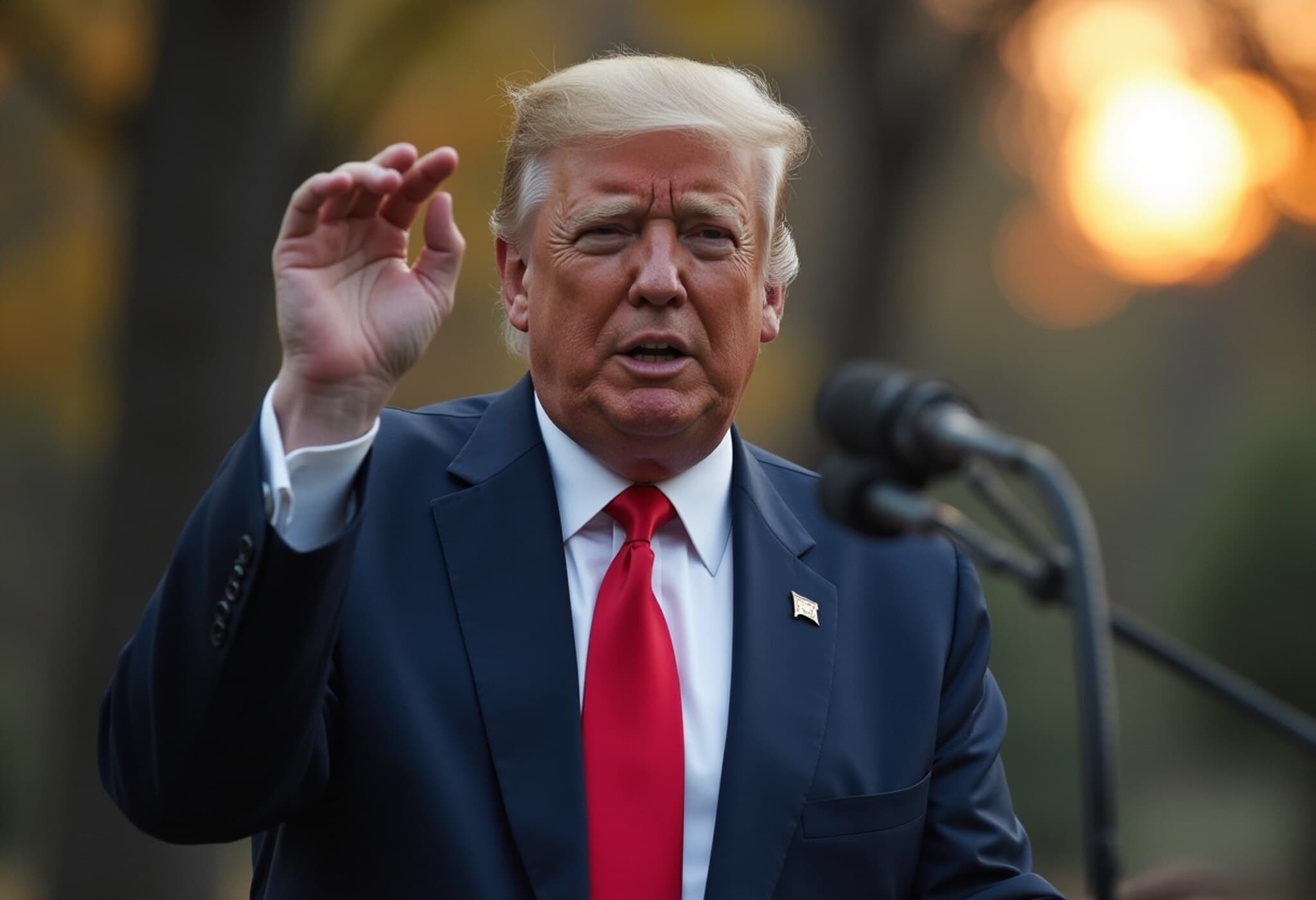European Leaders Unite in Washington to Support Zelenskyy
In an extraordinary show of transatlantic solidarity, European heads of state and international leaders converged at the White House on Monday, underscoring their unwavering support for Ukrainian President Volodymyr Zelenskyy. Their meeting comes ahead of a high-stakes encounter between Zelenskyy and US President Donald Trump, where concerns loom about possible pressure for a ceasefire that might tilt in Russia’s favor.
The gathering included prominent figures from the United Kingdom, Germany, France, Italy, Finland, along with representatives from the European Union and NATO. This coalition aimed to make a clear statement: any agreement to end the war in Ukraine must include robust, enforceable security guarantees safeguarding Kyiv’s sovereignty.
Trump’s Contrasting Approach Sparks Unease
Recently, President Trump hosted Russian President Vladimir Putin in Alaska, greeting him warmly—a move that has been met with skepticism by Ukraine and its western allies. Trump has vocally pressed for a swift resolution to what has become Europe’s deadliest conflict since World War II. Yet, many worry his approach might prioritize Moscow’s interests over Kyiv’s territorial integrity.
Zelenskyy was scheduled to meet Trump in the Oval Office for their first face-to-face discussion since a fraught meeting earlier this year in February. Following that, Trump planned to convene with the coalition of European leaders to discuss the conflict’s future — an unprecedented, last-minute assembly in recent White House history.
Diplomatic Tensions and Divergent Visions
Despite Trump’s insistence that "Russia can only be forced into peace through strength," Zelenskyy and Europe’s power players feel the deal risks conceding too much. Trump has publicly stated that Ukraine should abandon ambitions to reclaim Crimea, seized by Russia in 2014, and forego aspirations to join NATO.
Moreover, Trump has emphasized that Ukraine holds the key to stopping the war, suggesting Zelenskyy could "end the war almost immediately" if he chooses.
Russia’s Demands and Ukraine’s Resistance
Putin’s proposals, hinted at during the Alaska summit, include Ukraine ceding additional parts of the Donetsk region — a strategic and heavily contested eastern territory. Kyiv has firmly rejected these demands, recognizing the profound military and symbolic importance of maintaining control over this area. Any territorial changes would require a referendum, further complicating the path forward.
Zelenskyy continues to call for an immediate ceasefire as a precondition for meaningful negotiations. While Trump initially supported this vision, after talks with Putin, he shifted his stance, now favoring comprehensive negotiations with hostilities ongoing — a stance closely aligned with Moscow's preference.
Human Cost and Ongoing Conflict
The war’s toll has been devastating, with over a million casualties on both sides and countless civilian losses. Bombardments continue unabated, such as a recent drone strike in Kharkiv that tragically claimed the lives of at least seven people, including children. Another attack in Zaporizhzhia killed three more, underscoring the persistent threat to civilians.
Russia denies deliberately targeting civilians, but damage to residential areas fuels further humanitarian crises. First responders face immense challenges amid ongoing hostilities, as fires and rubble-clearance efforts continue around the clock.
Ukraine’s Countermeasures Intensify
On the military front, Ukraine’s forces have conducted drone strikes targeting Russian infrastructure, including an attack on an oil station in Russia's Tambov region. This operation temporarily disrupted supplies through the Druzhba pipeline, signaling Ukraine’s capacity to strike deep into Russian territory and escalate pressure.
Looking Ahead: Fragile Peace or Further Escalation?
With the Washington summit revealing stark differences in diplomatic approaches, the future of the war hinges on complex negotiations. European leaders’ united stance aims to bolster Kyiv and deter concessions that could embolden Russia. Meanwhile, Trump’s unique diplomacy style adds an unpredictable variable, challenging traditional Western strategies.
This evolving geopolitical drama raises essential questions for the international community: How can peace be secured without sacrificing Ukraine’s sovereignty? Will security guarantees be strong enough to deter future aggression? And to what extent will US leadership shape the coming chapters of this conflict?
Editor’s Note:
The confluence of European unity and divergent US policy in Washington signals a pivotal moment in the Ukraine crisis. Readers should consider the broader implications for NATO’s cohesion, transatlantic relations, and the precedent any deal might set for global conflicts. As this story develops, balancing the urgent human need for peace with the imperative of justice and sovereignty remains the critical challenge for policymakers worldwide.

